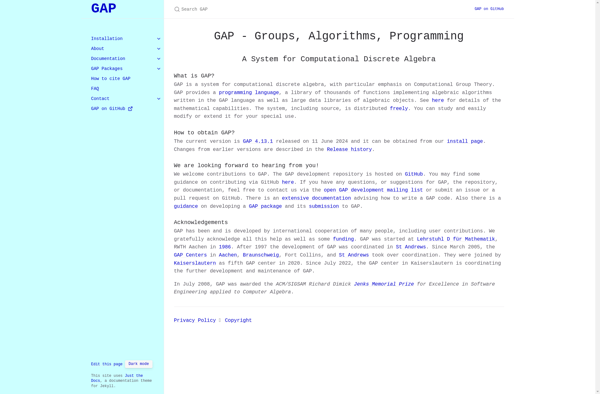OpenAxiom

OpenAxiom: Open-Source Computer Algebra System
Open-source computer algebra system for symbolic computation, supporting algebra, calculus, graphics, and more, ideal for mathematical research, education, and applications.
What is OpenAxiom?
OpenAxiom is an open-source computer algebra system for symbolic and algebraic computation. It provides capabilities for algebra, calculus, statistics, numerical analysis, graphics, proof-assistants, and more. OpenAxiom originated from IBM's Scratchpad II in the 1970s and was later sold as Axiom. In 2001, it was released as an open-source project under the Modified BSD license.
Some key features and capabilities of OpenAxiom include:
- Symbolic manipulation of mathematical expressions with arbitrary precision
- Algorithms for factorization, integration, limits, series expansion, and more
- 2D and 3D graphics with interactivity
- Code generation to multiple programming languages
- Domain-specific languages for common mathematical tasks
- Libraries for algebra, analysis, statistics, combinatorics, and more
OpenAxiom is implemented in Spad, its own programming language. It can be used as a standalone application or through various front-ends and IDEs. Some popular interfaces include Emacs, Jupyter kernels, TeXmacs, and more.
OpenAxiom is useful for research and education in mathematics, science, and engineering. It can also be used for mathematical applications in fields like physics, chemistry, biology, finance, and more. The open-source nature allows customization for specialized domains.
OpenAxiom Features
Features
- Symbolic computation
- Algebraic algorithms
- Calculus and analysis
- Graphics and visualization
- Programming language
Pricing
- Open Source
Pros
Cons
Official Links
Reviews & Ratings
Login to ReviewThe Best OpenAxiom Alternatives
Top Education & Reference and Mathematics and other similar apps like OpenAxiom
Here are some alternatives to OpenAxiom:
Suggest an alternative ❐R (programming language)
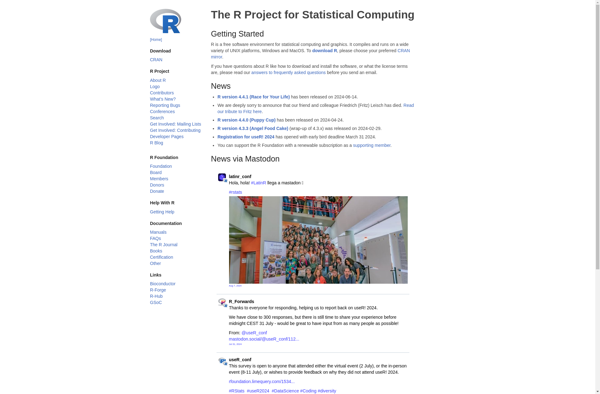
PTC Mathcad
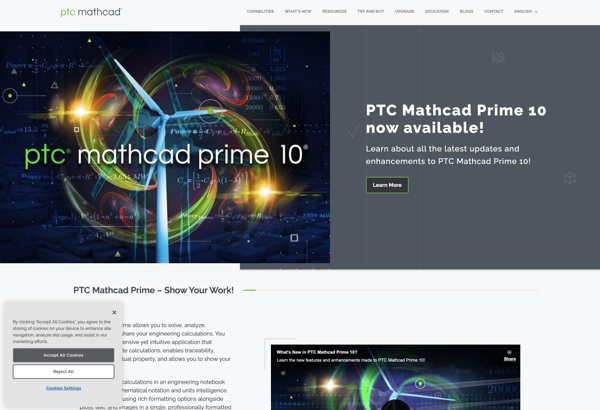
Mathematica
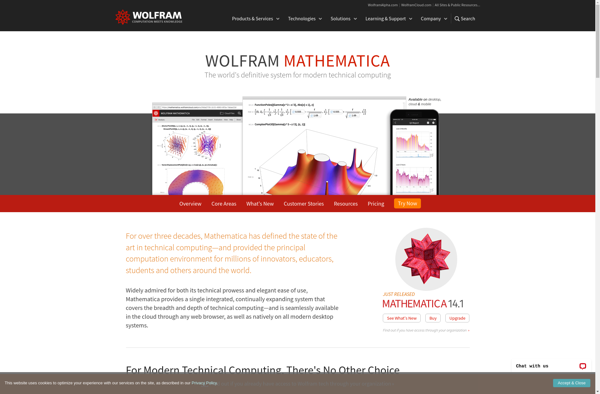
MATLAB
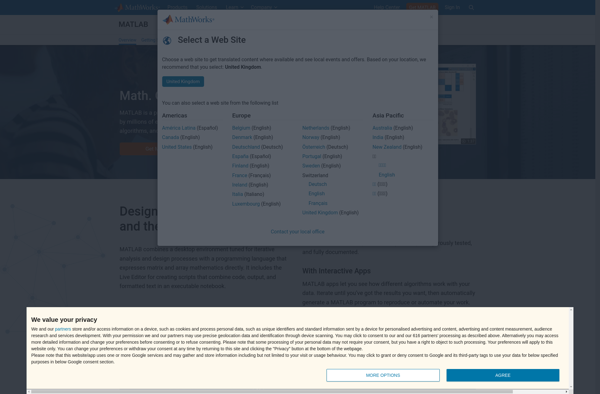
Maple
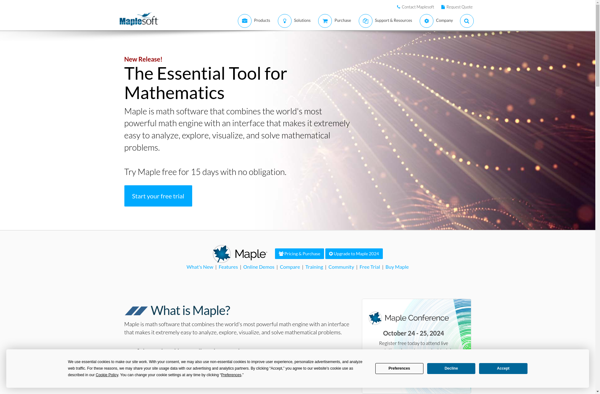
Scilab
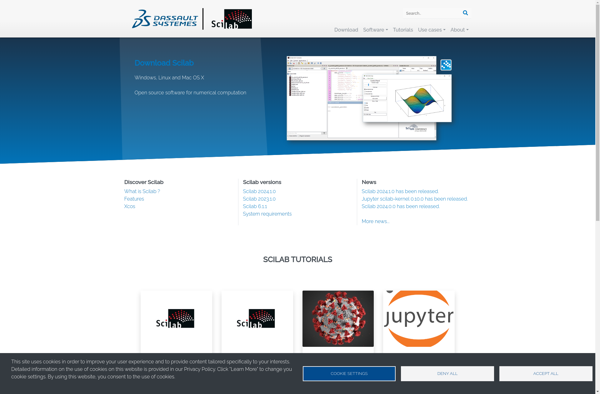
GNU Octave
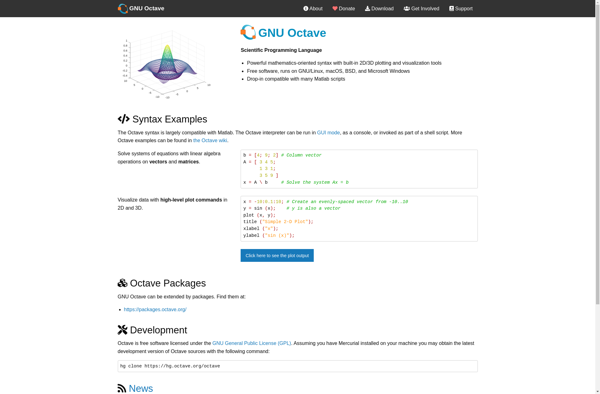
Maxima
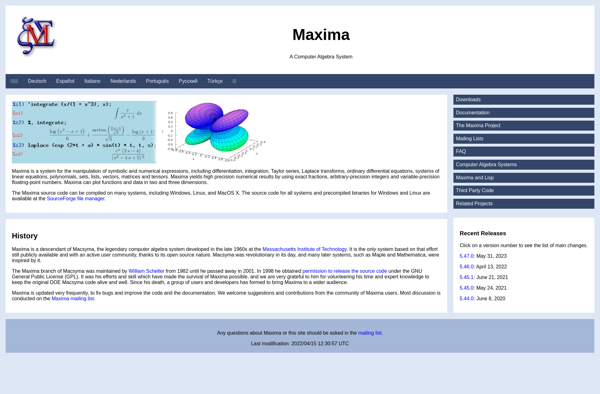
SageMath
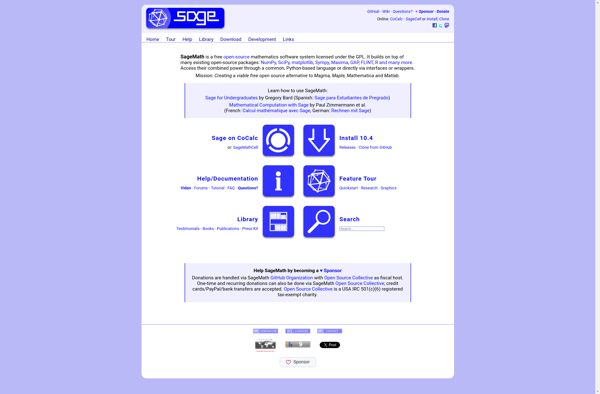
WxMaxima
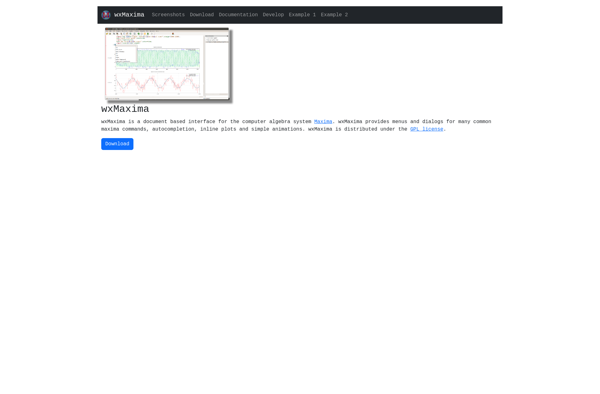
SymPy

Mathics
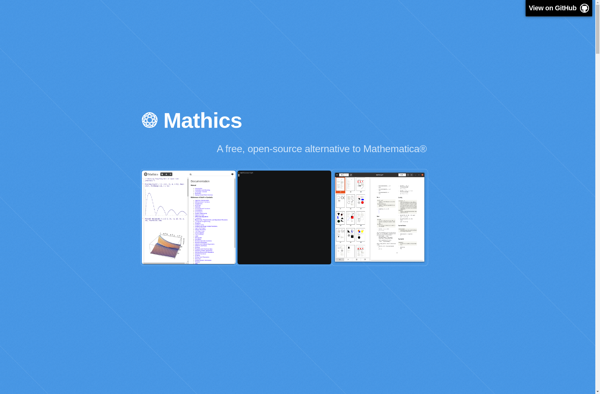
GiNaC
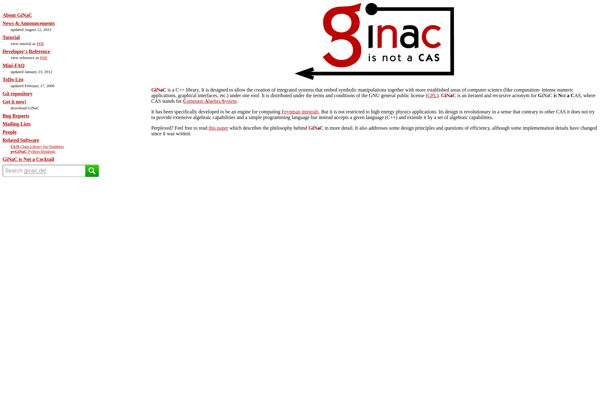
GAP
